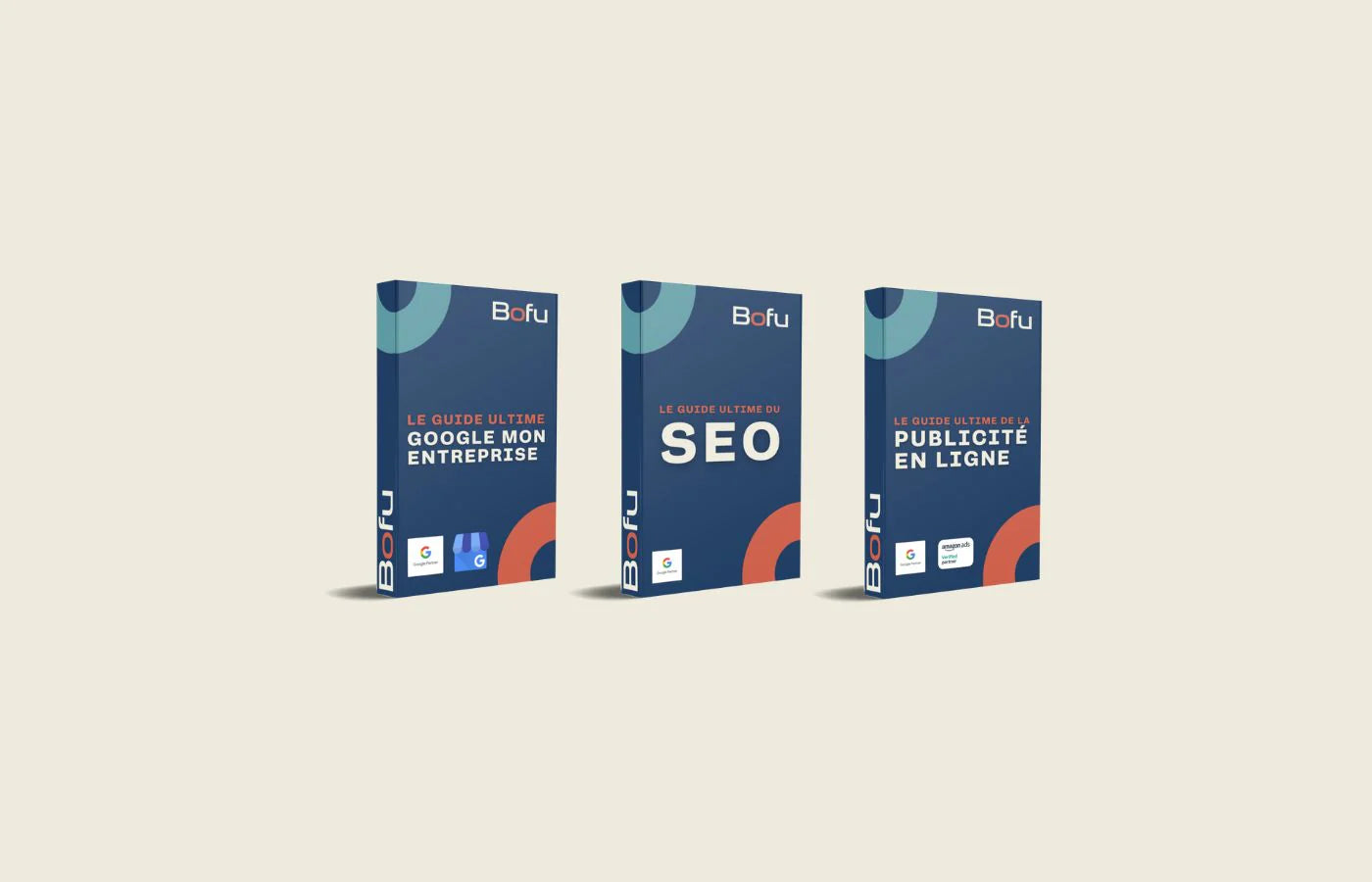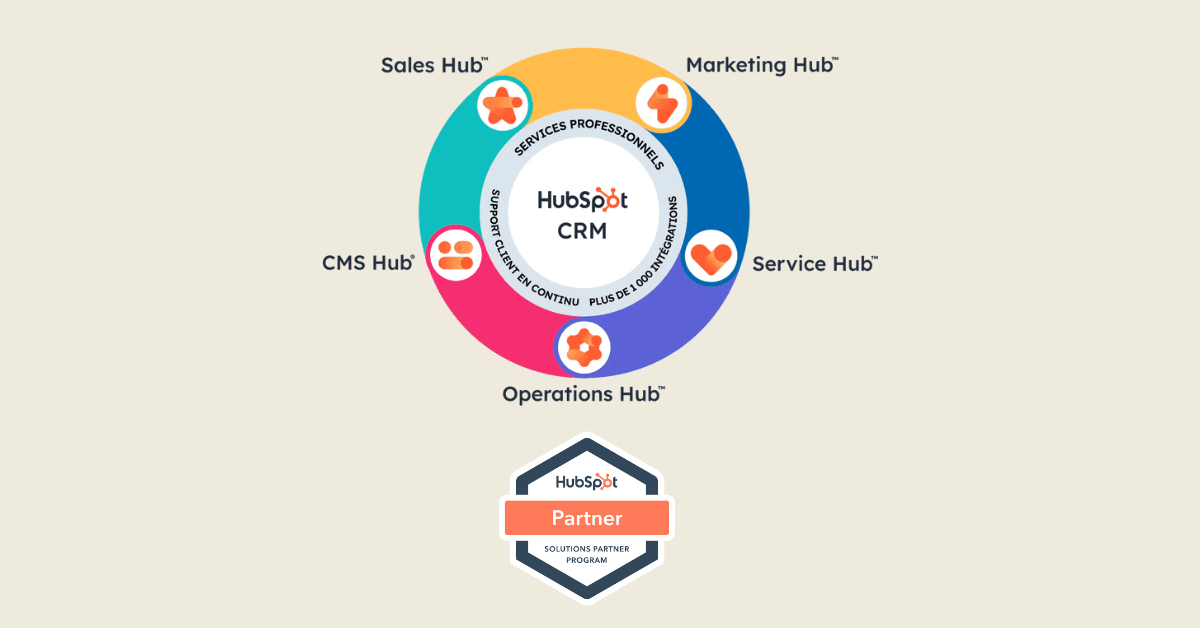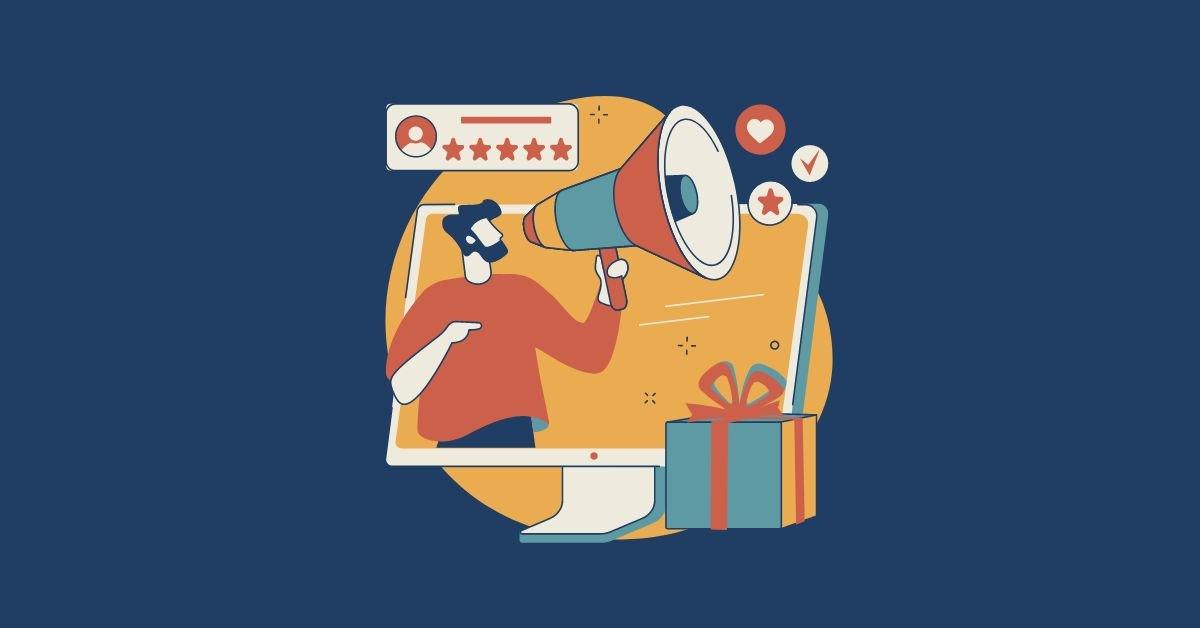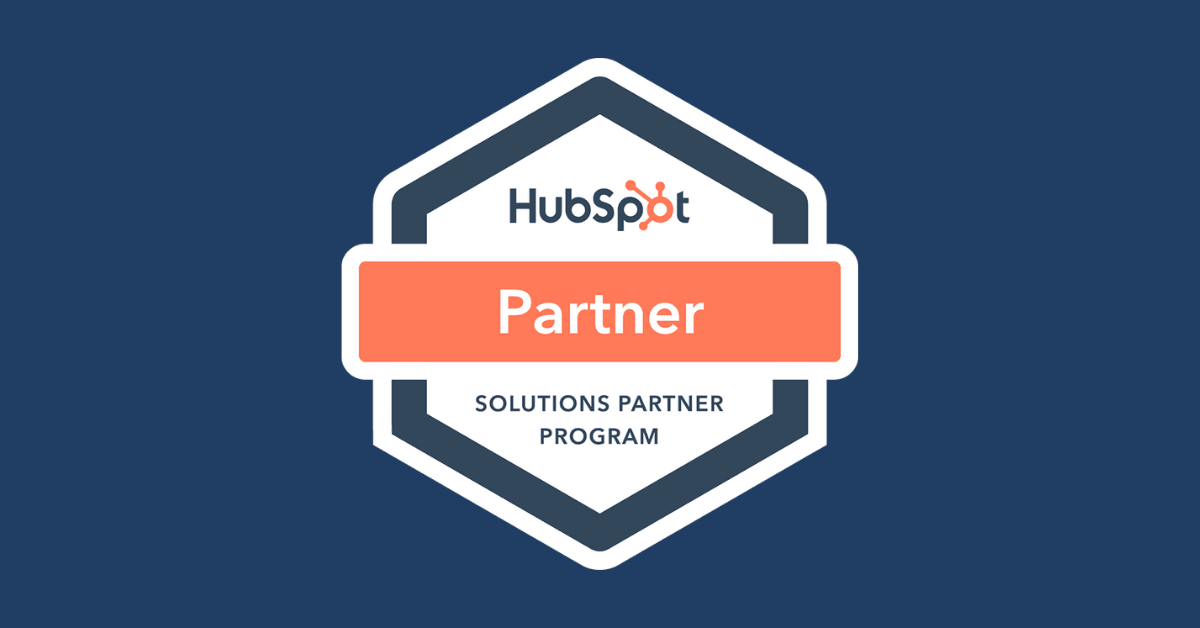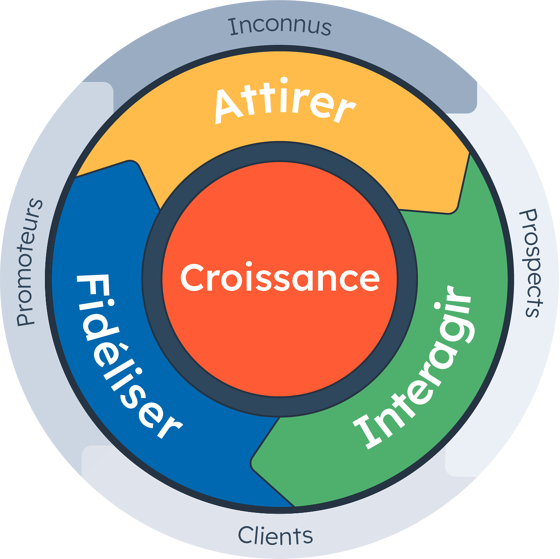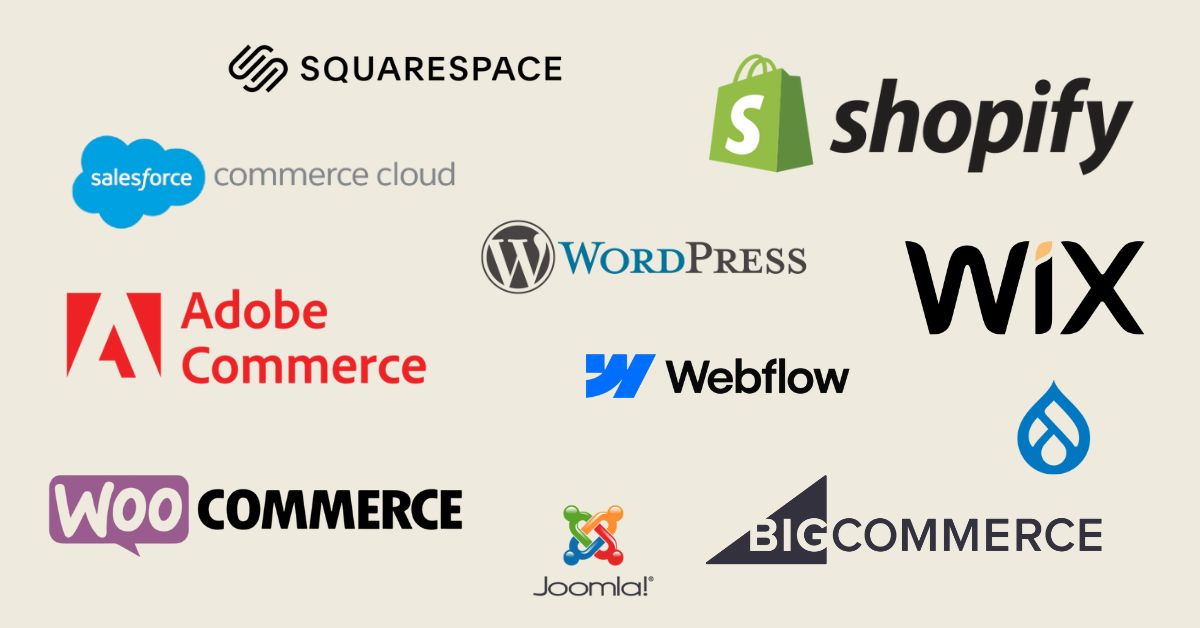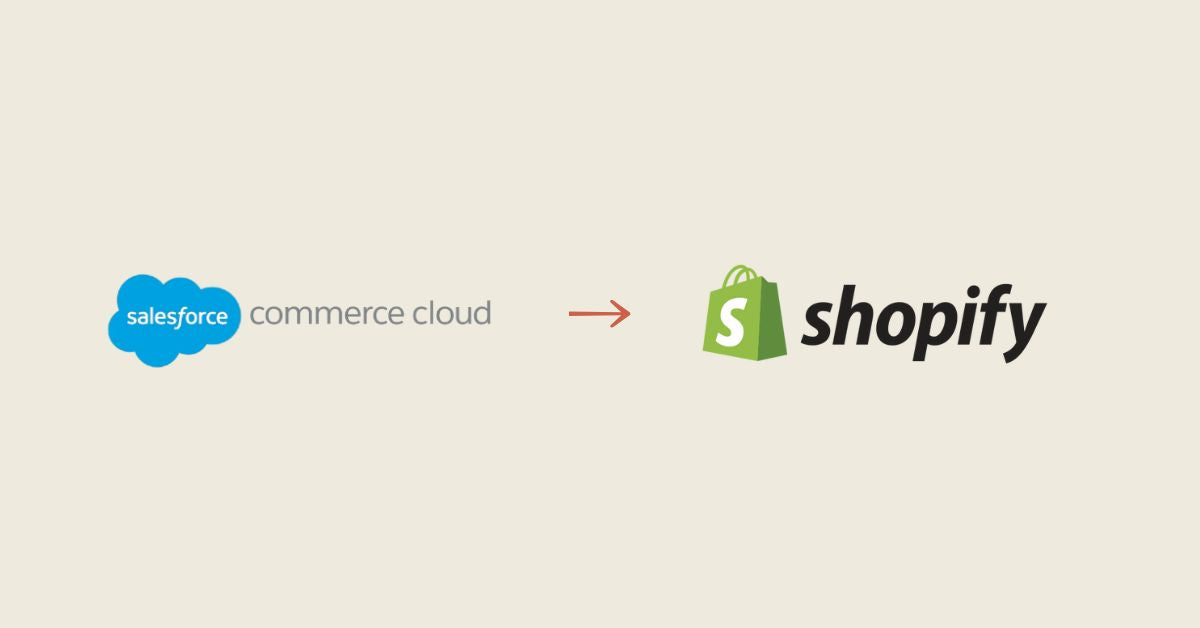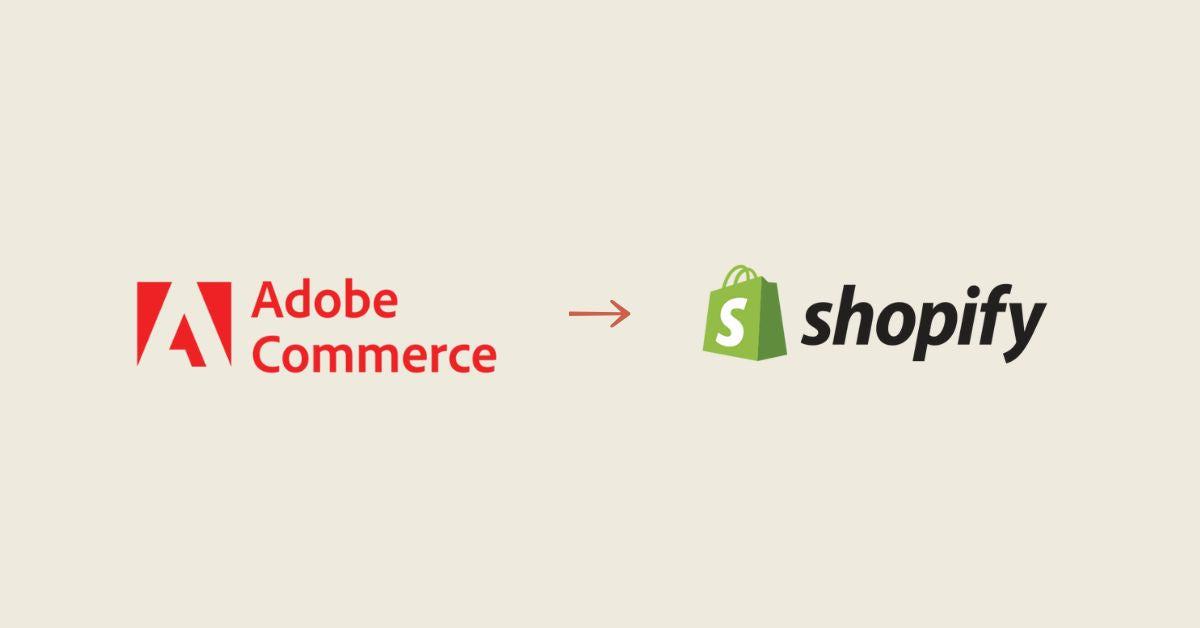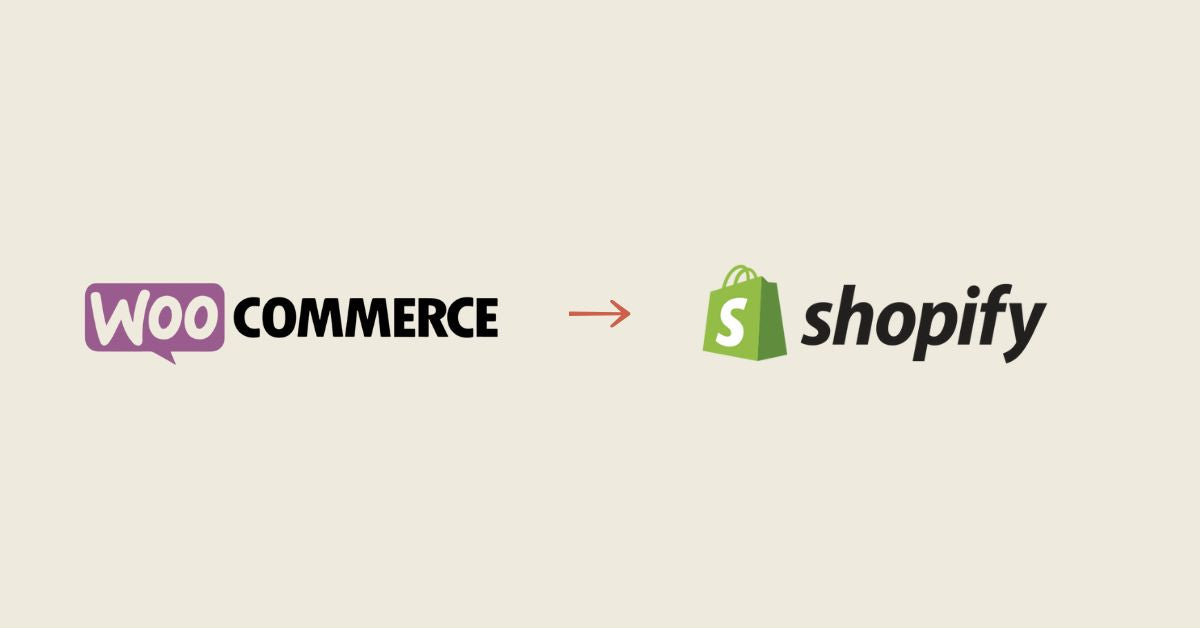Marketing automation is a strategy used by businesses to automate certain marketing tasks, such as sending email campaigns, tracking leads, and generating prospects. The goal of marketing automation is to make marketing processes more efficient and allow businesses to better target their marketing efforts based on their customers' behaviors and preferences.
There are many ways to use marketing automation, including:
Sending Email Campaigns: Businesses can use marketing automation to send emails to target groups of customers or prospects. These emails can be personalized based on each customer's data, such as their name, purchase history and geolocation.
Lead tracking: Marketing automation can be used to track leads and prospects throughout their buying journey, recording interactions with businesses and automatically updating them in the CRM system .
Lead generation: Marketing automation can be used to generate leads using online forms , landing pages, and other lead generation techniques.
Advertising: Marketing automation in advertising refers to the use of automation techniques to manage and optimize advertising campaigns. The goal of marketing automation in advertising is to make advertising processes more efficient and allow businesses to better target their advertising efforts based on their customers' behaviors and preferences.
Here are some examples of ways marketing automation in advertising can be used:
Advertising Targeting: Marketing automation in advertising can be used to target advertisements to people who are most likely to be interested in the company's products or services. This can be done by using user behavior and preference data to display ads to people who are most likely to respond.
Bid Optimization: Marketing automation in advertising can be used to optimize ad bidding based on cost per click (CPC) and cost per thousand (CPM). This allows businesses to maximize their return on advertising investment (ROI) by bidding only on ads that are most likely to drive conversions.
Performance Tracking: Marketing automation in advertising can be used to track the performance of advertising campaigns and help businesses understand how they are being used and how they can be improved.
There are many tools and platforms that offer marketing automation features in advertising, including Google Ads , Facebook Ads and LinkedIn Ads. It is important to choose the tool that best suits your needs and budget.
Why automate with HubSpot Marketing Hub?
HubSpot is a customer relationship management (CRM) platform that offers a full range of marketing, sales and customer service tools. Among these tools are marketing automation features, which allow businesses to manage and optimize their marketing campaigns in an automated manner.
Here are some key differences between HubSpot and other marketing automation tools:
Integrated Platform: HubSpot is an integrated marketing platform that offers a full range of marketing, sales and customer service tools on a single platform. Some marketing automation tools, like Marketo and Pardot, focus primarily on marketing functionality and may require the use of several different tools to cover all aspects of customer relationship management.
Integration: HubSpot offers a wide range of integrations with other tools and platforms, which can be useful for businesses that already use other customer relationship management or marketing tools . Some marketing automation tools, like Marketo and Pardot, also offer integrations, but the range may be more limited.
Data Analytics: HubSpot offers a range of data analytics tools that allow businesses to better understand their customers' behavior and better target their marketing and sales efforts . Some marketing automation tools, like Marketo and Pardot, also offer data analytics capabilities, but the range may be more limited.
Price: HubSpot has a monthly subscription pricing model that can be adjusted according to the needs of the business. Some marketing automation tools , like Salesforce, Zoho campaign, Marketo, and Pardot, also have a monthly subscription pricing model, but the cost may be different. It's important to compare different plans and the features offered to find the tool that best suits your needs and budget.
For all automations that are not available natively, Zapier is a great alternative that is easy to maintain and use.
Zapier is an integration tool that allows businesses to connect different online tools and create automations between them. You can use Zapier with HubSpot in several ways, including:
To sync HubSpot data with other tools: You can use Zapier to sync HubSpot data, such as contacts and opportunities, with other tools you use, like Google Sheets or Salesforce.
To trigger actions in HubSpot in response to events in other tools: You can use Zapier to trigger actions in HubSpot in response to events in other tools, such as creating a new support ticket in Zendesk or receiving a new message in Gmail
To add data to HubSpot from other tools: You can use Zapier to add data to HubSpot from other tools, like scraping data from LinkedIn or creating new opportunities from data from Google Sheets .
To use Zapier with HubSpot, you must first sign up for Zapier and set up your HubSpot account. You can then create a "zap" (automation) by choosing the tools you want to connect and defining the actions to trigger and the data to transfer.
WE ARE CERTIFIED HUBSPOT PARTNERS

HUBSPOT PARTNER AGENCY
Structuring the growth of your business by establishing a precise strategic plan , allowing you to accelerate its development and generate a rapid and measured return on investment.
Sales Hub | Marketing Hub | Service Hub | Operations Hub | Integrations
